Problems With Morning Glories: Morning Glory Vine Diseases
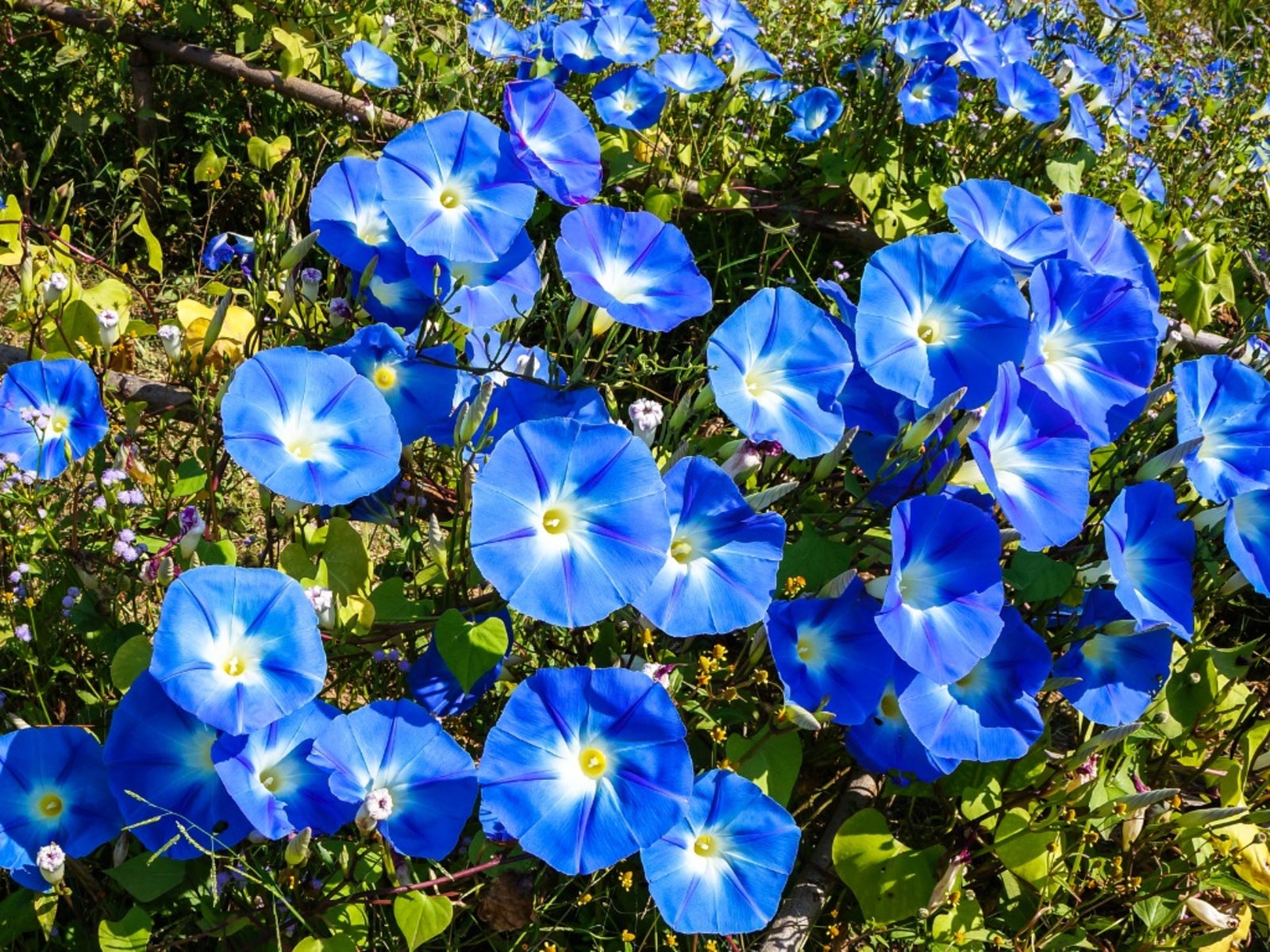
Morning glories are perennials with funnel-shaped, fragrant flowers that grow from a vine and come in many bright colors such as blue, pink, purple, and white. These beautiful flowers open at the first sunlight and last throughout the day. These typically hardy vines, however, can sometimes suffer problems.
Morning Glory Problems
Problems with morning glories can vary but may include environmental issues and fungal diseases of morning glory.
Environmental problems with morning glories
When the leaves of a morning glory turn yellow, it is usually a sign that something is not right with your plant. Insufficient sunlight can be a cause of yellowing leaves, as morning glories require full sun to flourish. To remedy this, you can transplant your morning glory to a sunnier spot in the garden or trim any plants that are blocking the sun. Another cause of yellow leaves is either under-watering or over-watering. Once your morning glory has been watered, let the soil dry before re-watering. Morning glories do well in USDA plant hardiness zones 3-10, be sure that you are in one of these zones for best results.
Morning glory vine diseases
A fungal disease called rust is another culprit of yellowing leaves. To diagnose whether your plant has rust or not, look closely at the leaves. There will be powdery pustules on the backside of the leaf. They are what cause the leaf to turn yellow or even orange. To prevent this from happening, do not overhead water your morning glory and remove any infected leaves. Canker is a disease that causes the stem of the morning glory to be sunken-in and brown. It wilts the ends of the leaves and then spreads onto the stem. It is a fungus that, if not taken care of, will affect the whole plant. If you suspect that your morning glory has this fungus, cut away the infected vine and dispose of it.
Problems with Morning Glory Pests
Morning glories can be infested with pests too such as the cotton aphid, the leaf miner, and the leafcutter. The cotton aphid likes to attack the plant in the morning. This insect ranges in color from yellow to black, and you can find them in masses on your leaves. The leaf miner does just that, it mines or bores holes into the leaves. A green caterpillar called the leafcutter severs the stalks of the leaves and causes them to wilt. This pest likes to do his damage at night. The best way to rid your morning glory of these pests is by using organic pest control and keeping your plant as healthy and happy as possible.
Gardening tips, videos, info and more delivered right to your inbox!
Sign up for the Gardening Know How newsletter today and receive a free copy of our e-book "How to Grow Delicious Tomatoes".
-
 Try The Trend – Turn Any Bed Into A Keyhole Garden With This Clever In-Ground Composter
Try The Trend – Turn Any Bed Into A Keyhole Garden With This Clever In-Ground ComposterKeyhole gardening is an efficient and sustainable practice that saves space. Get started on this DIY project quickly and easily with an in-ground composter.
By Bonnie L. Grant
-
 4 Superfast Composting Methods: Turn Waste Into Garden Gold In 30 Days Or Less
4 Superfast Composting Methods: Turn Waste Into Garden Gold In 30 Days Or LessTry the fastest composting methods to turbocharge your pile and transform kitchen scraps and garden waste into finished compost in just a few weeks.
By Mary Ellen Ellis
-
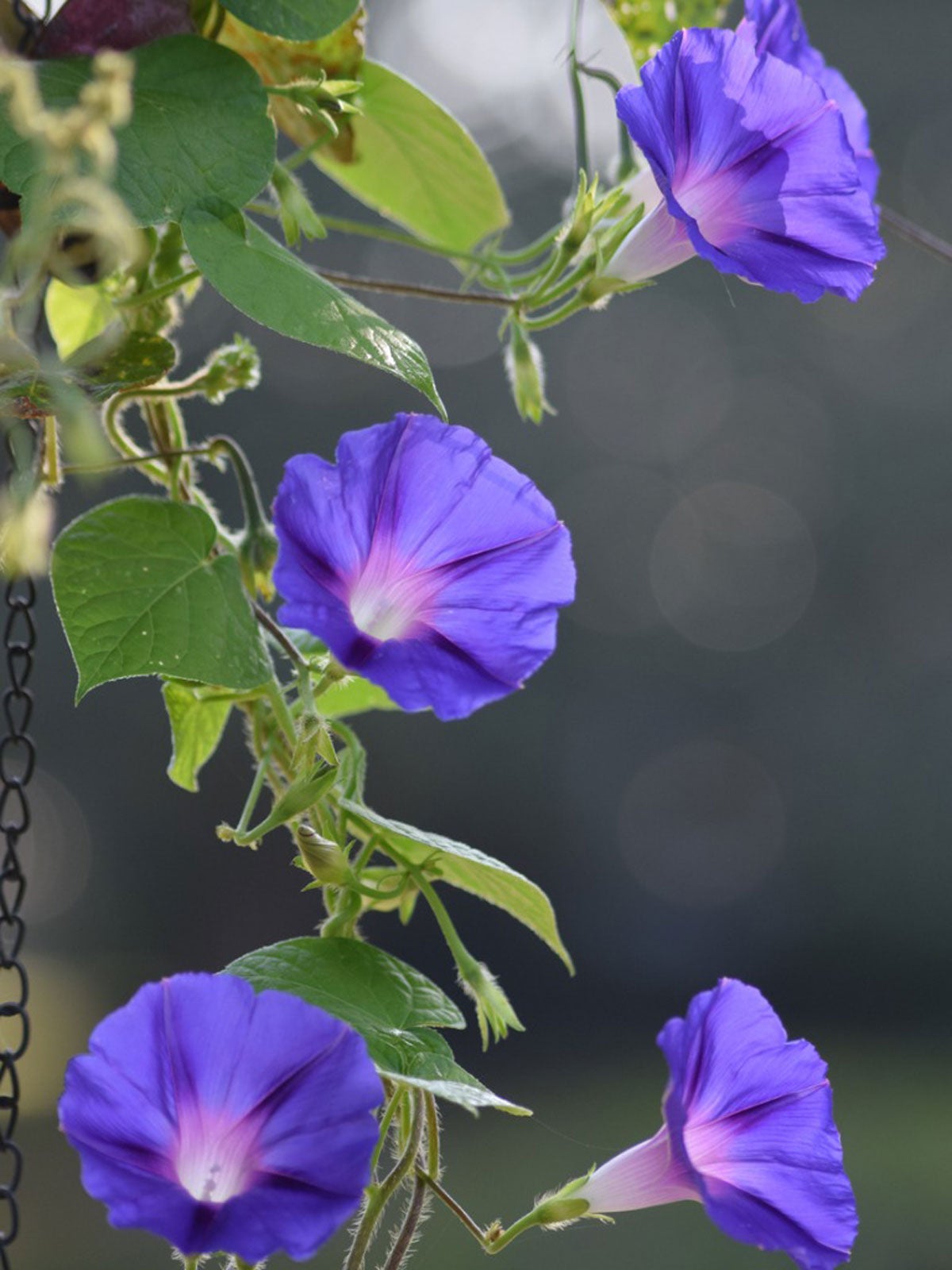 Growing Morning Glories From Seed: A Guide To Planting Morning Glory Seeds
Growing Morning Glories From Seed: A Guide To Planting Morning Glory SeedsBy Laura Miller
-
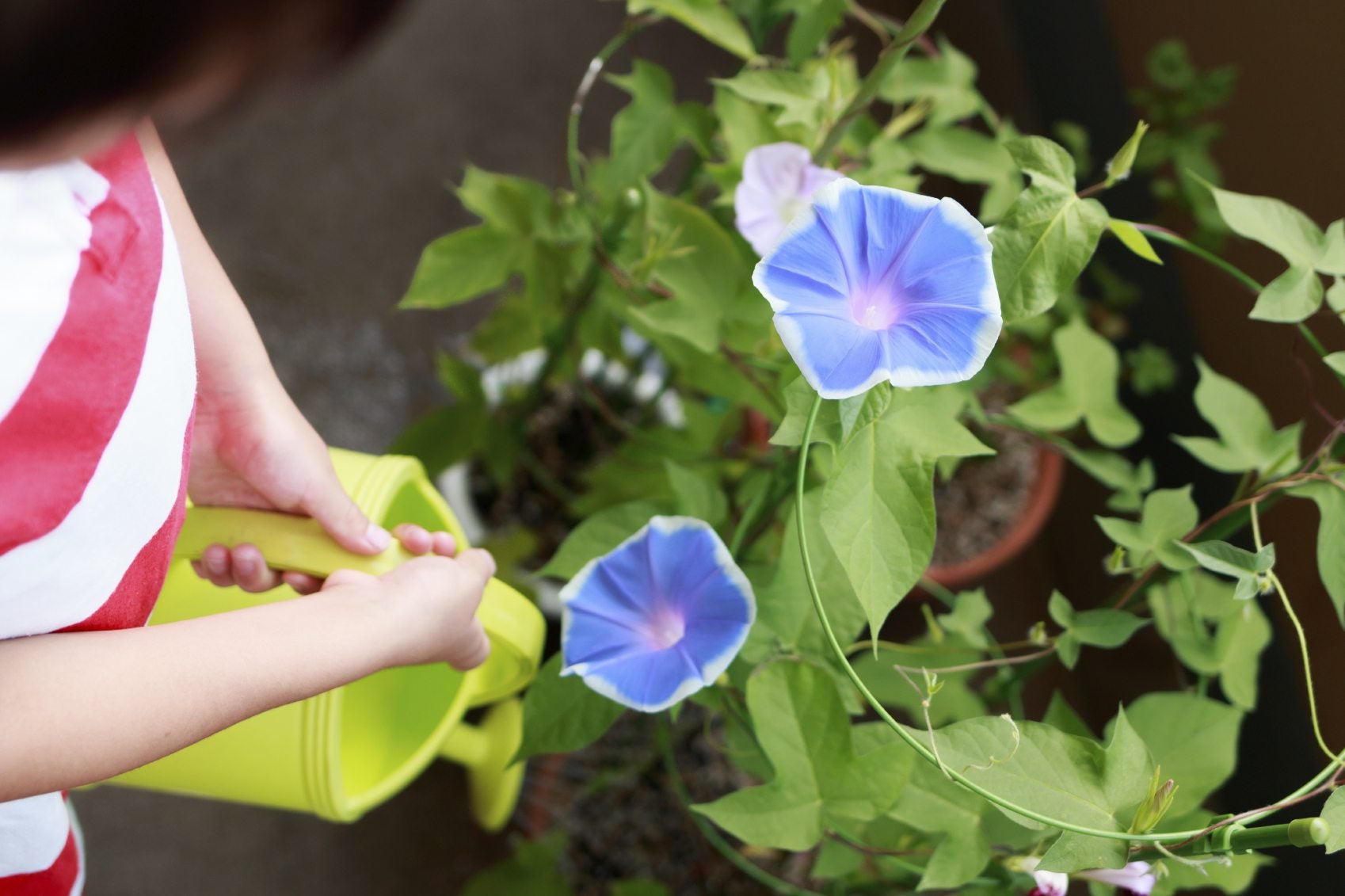 Watering Morning Glories: How Much Water Do Morning Glories Need
Watering Morning Glories: How Much Water Do Morning Glories NeedEasy care and fast growing, morning glories offer a sea of blossoms in pink, purple, red, blue and white. Like most other summer annuals, they need water to thrive. Click here for information about morning glory watering needs.
By Teo Spengler
-
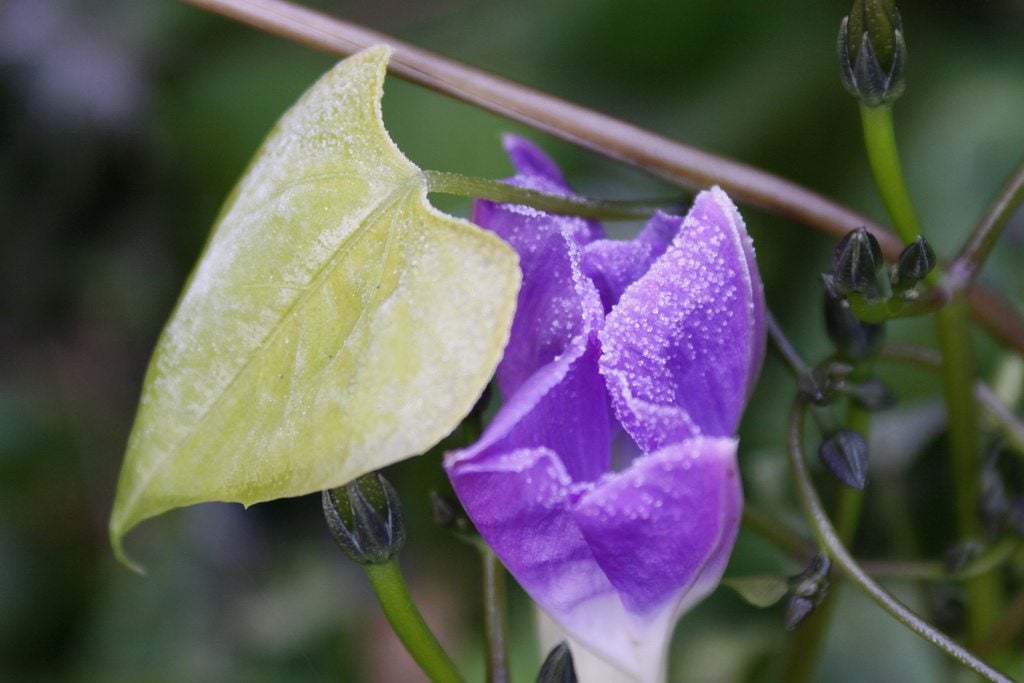 Yellow Morning Glory Foliage – Treating Yellow Leaves On Morning Glories
Yellow Morning Glory Foliage – Treating Yellow Leaves On Morning GloriesThere is a risk of yellowing leaves on morning glories, which can give the plants an unsightly look and damage their health. Click this article to learn about what to do when your morning glory leaves are yellow.
By Liz Baessler
-
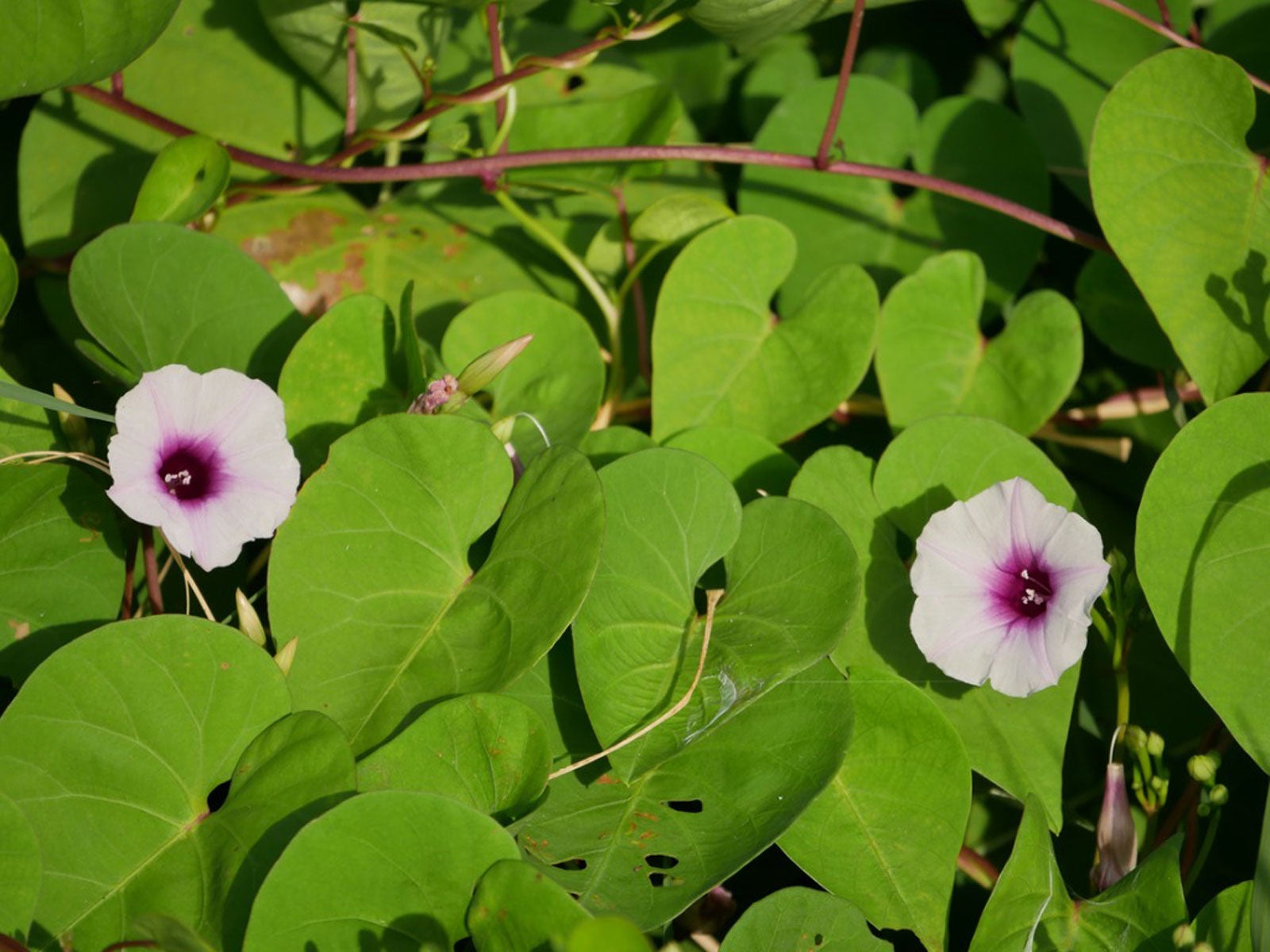 Why Morning Glory Is Not Blooming: Getting Morning Glories To Flower
Why Morning Glory Is Not Blooming: Getting Morning Glories To FlowerMorning glory is a prolific vining plant that produces masses of blooms. Non-flowering plants aren't the norm but is fixable. Click here for suggestions.
By Bonnie L. Grant
-
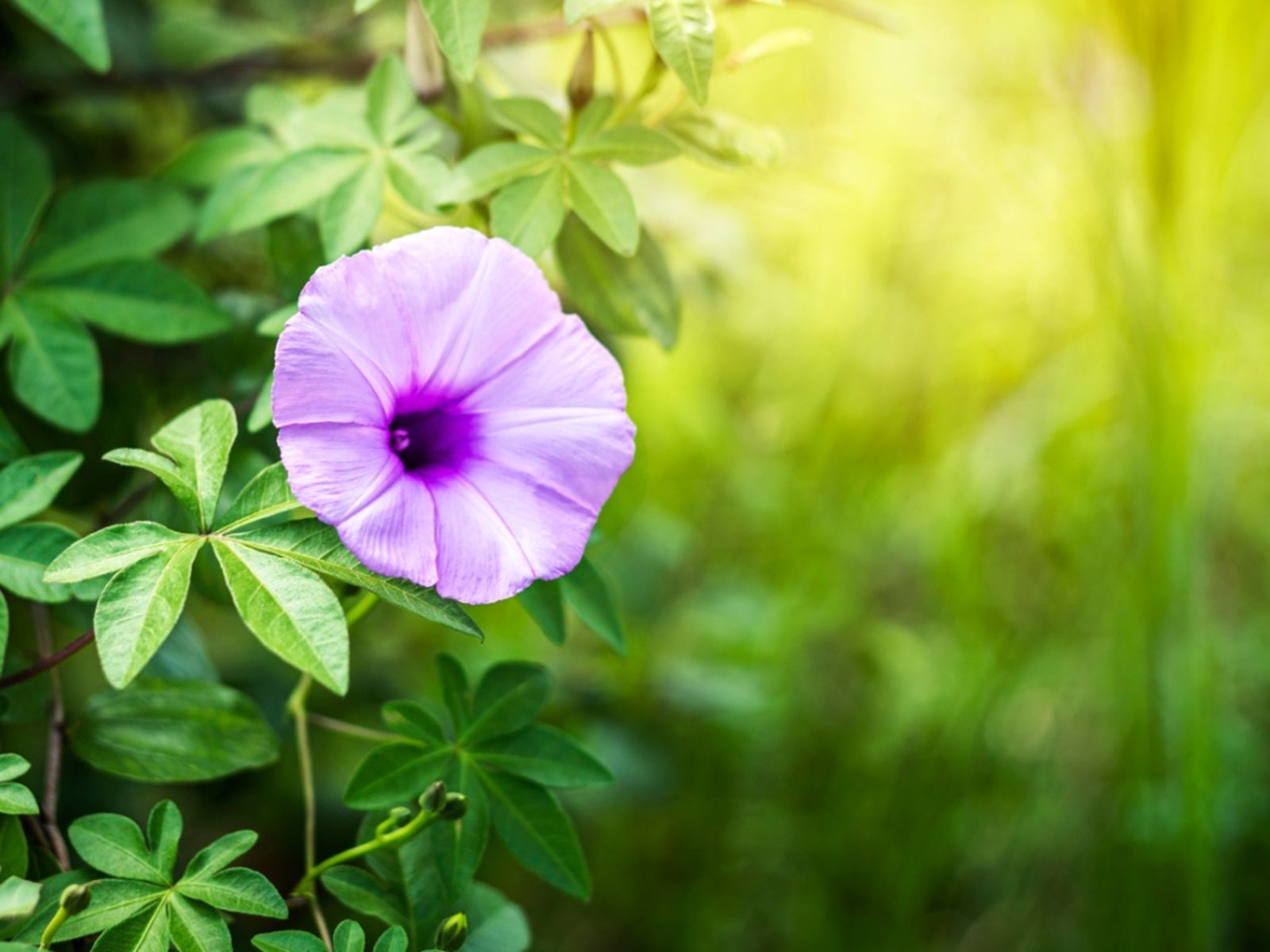 Morning Glory Pest Control: Dealing With Common Pests Of Morning Glory
Morning Glory Pest Control: Dealing With Common Pests Of Morning GloryMorning glories are hardy plants and are normally healthy, but sometimes insects on morning glory vines harm the health of the plant. Read this article to learn more about what pests you can expect.
By Susan Patterson
-
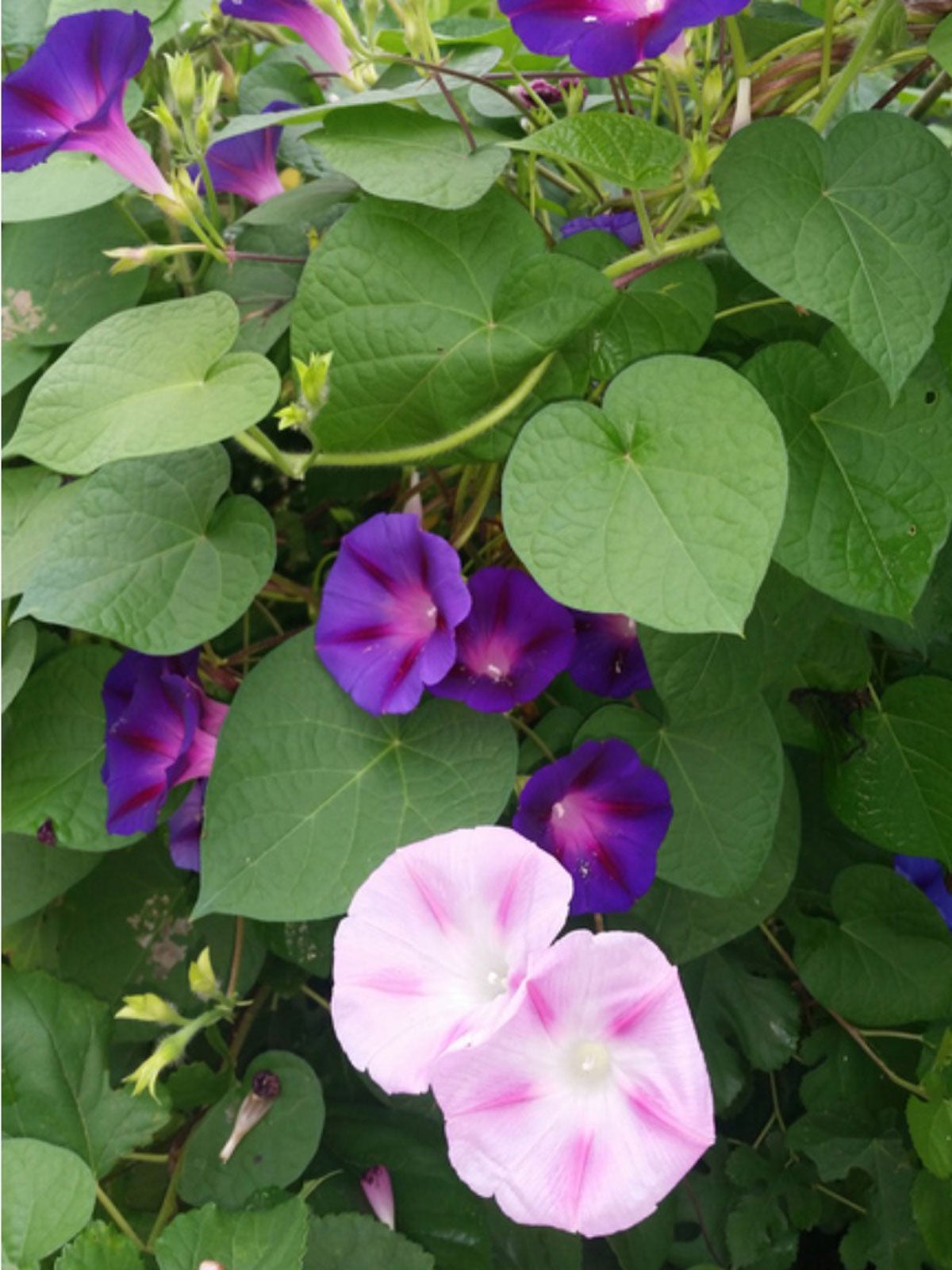 Morning Glory Trimming: When And How To Prune Morning Glory Plants
Morning Glory Trimming: When And How To Prune Morning Glory PlantsMorning glory vines can reach lengths of up to 15 feet (4.5 m.), twining themselves around anything. To keep these plants well managed, some morning glory trimming may be necessary. This article will help with that.
By Jackie Carroll
-
 Morning Glory Control: How To Kill Morning Glory Weeds
Morning Glory Control: How To Kill Morning Glory WeedsMorning glory weeds in the garden can take over garden areas. So you may want to know how to kill morning glory weeds. This article will help.
By Bonnie L. Grant
-
 Collecting And Storing Morning Glory Seeds: How To Store Seeds Of Morning Glories
Collecting And Storing Morning Glory Seeds: How To Store Seeds Of Morning GloriesMorning glory flowers are a cheerful, old-fashioned type of bloom. Learn how to save seeds of the morning glory in this article to continue your garden in next spring's planting without buying more seed packets.
By Anne Baley